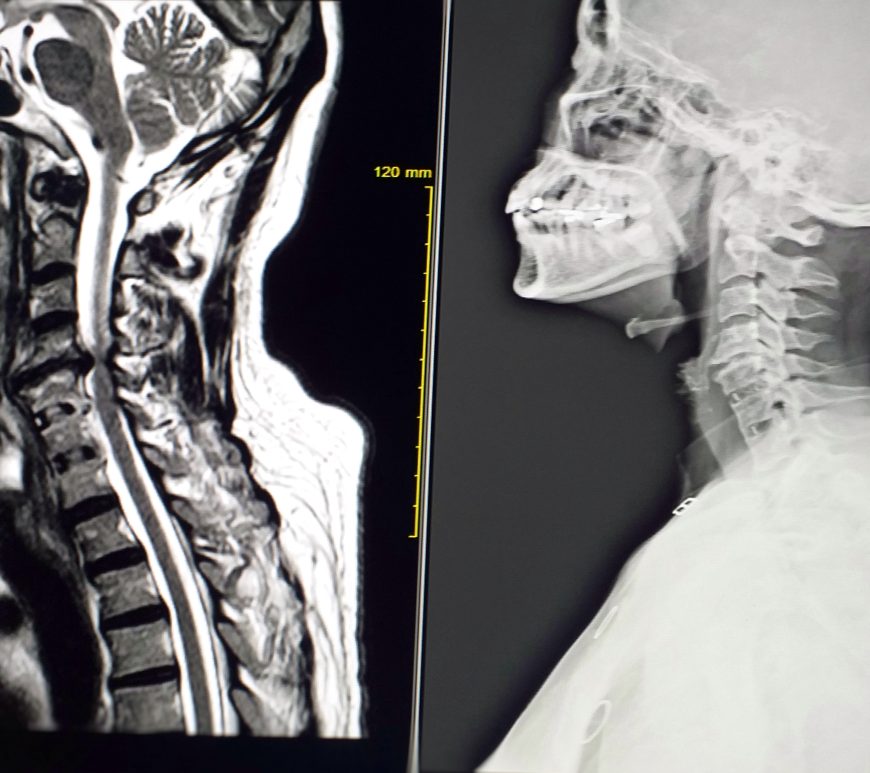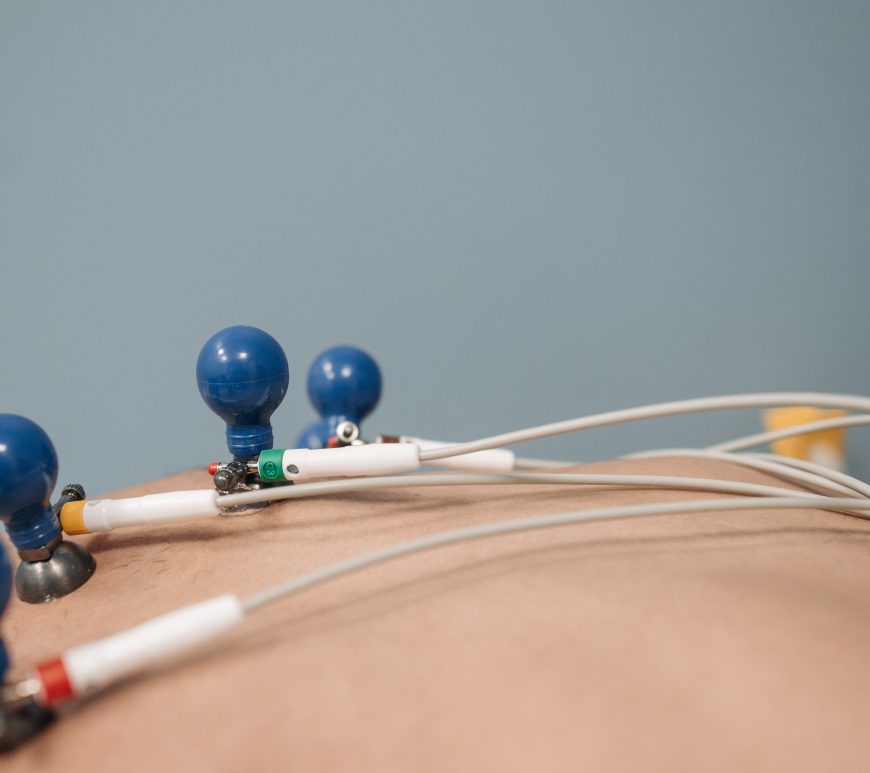
Can innovative tuina manipulations revolutionize treatment for cervical spondylosis?
In 2012, a recent study led by Quanmao Ding and colleagues has unveiled significant advancements in the treatment of vertebral artery type cervical spondylosis using innovative Tuina manipulations. This novel approach not only improves clinical symptoms more effectively but also reduces the required number of treatments compared to traditional methods. The study, involving 126 patients diagnosed with this specific type of cervical spondylosis, divided participants … Continue reading Can innovative tuina manipulations revolutionize treatment for cervical spondylosis?

